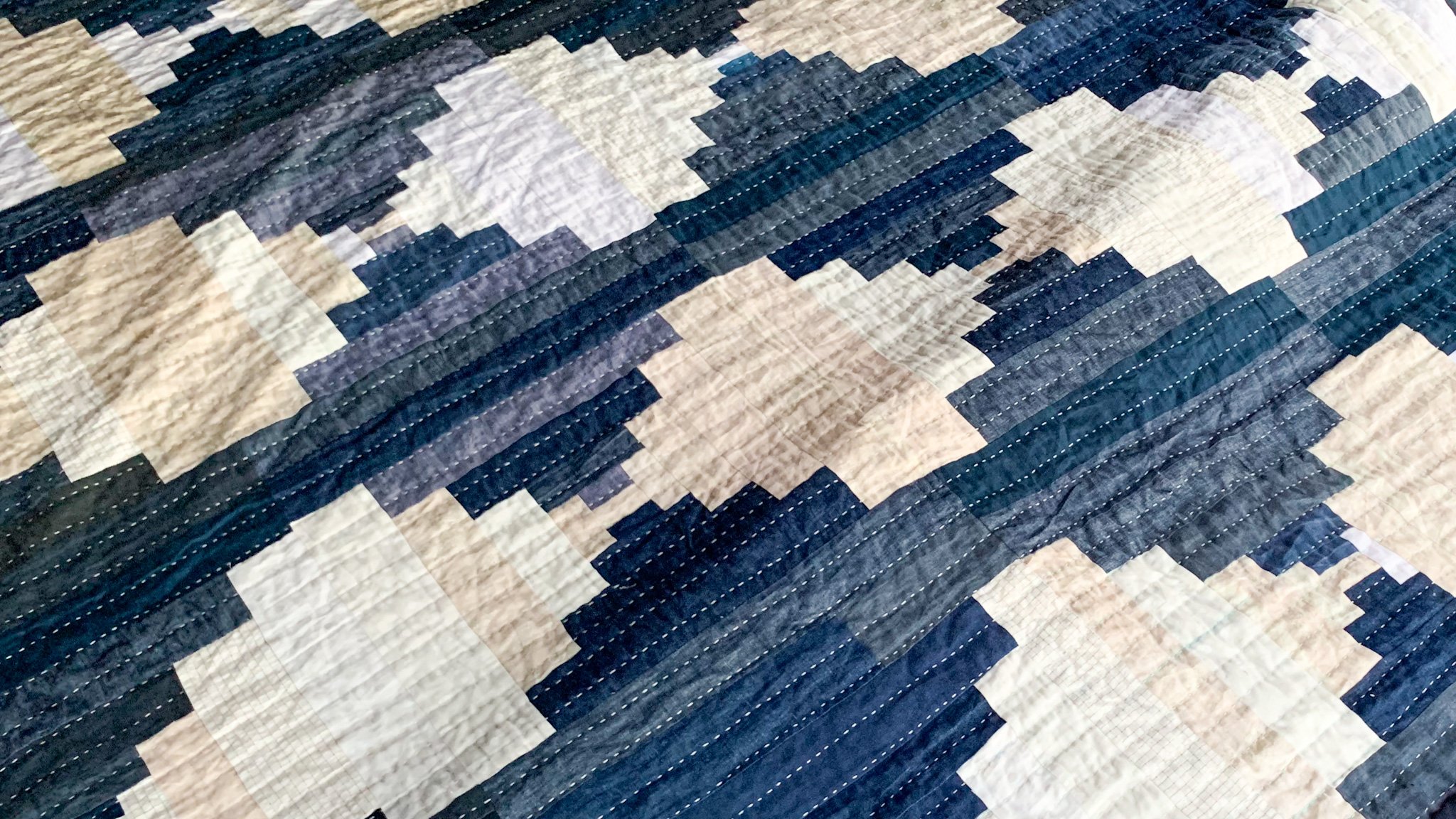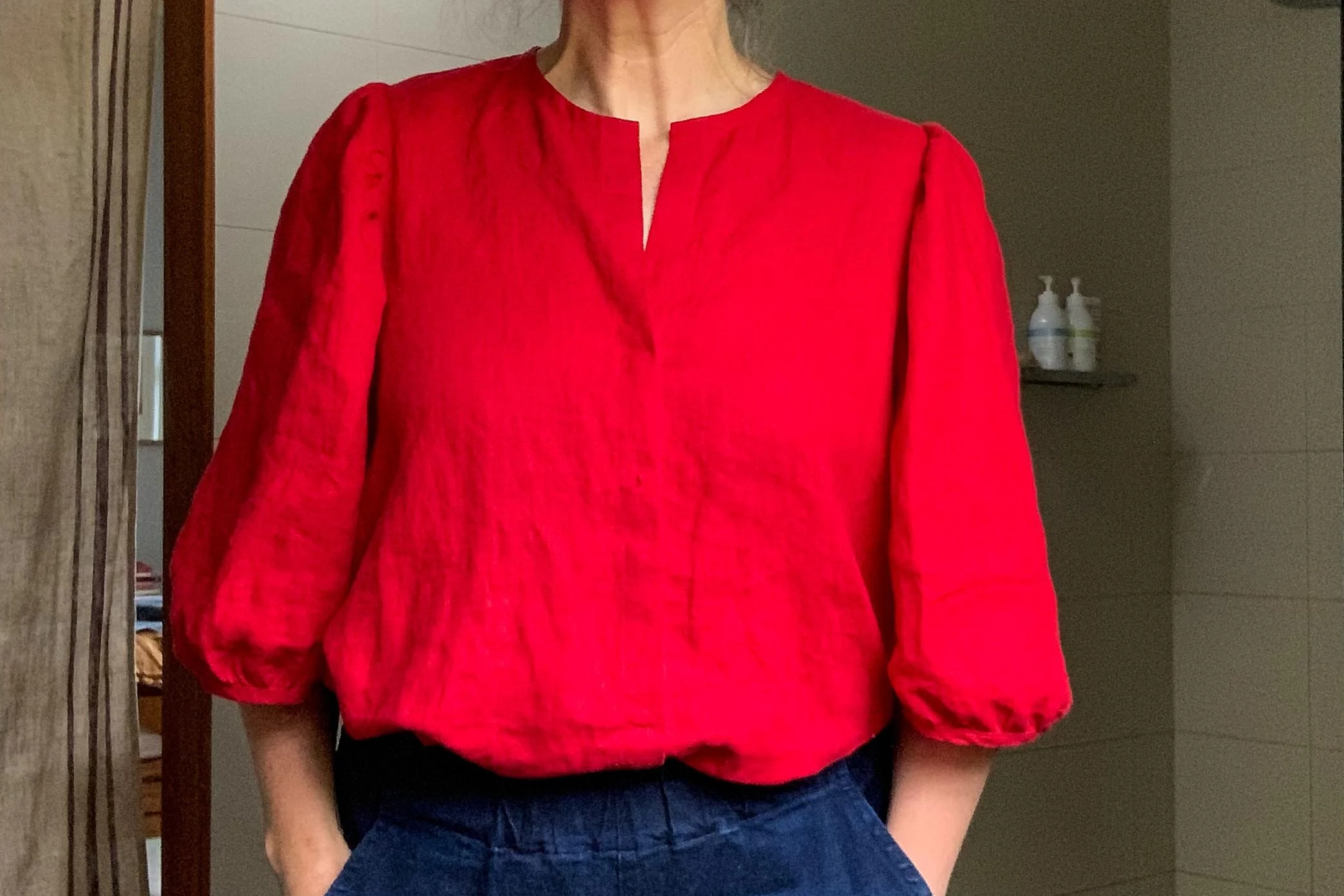2.When to make changes to your style
This obviously depends on your personality and how you are feeling. To my mind there are two options - one project at a time, improving little bits as you go, or you could choose a new style and go cold turkey.
Personally I don’t tackle everything that I want to change in one go – mainly because I need knitting for daily joy, and so to have that joy be stifled by laborious knitting wouldn’t work for me. So I make a change to my technique at the start of a new project – and keep knitting all my other projects with my previous technique. I make a whole garment in the new style before deciding if I want to keep the change. This is not necessarily ideal. I would probably learn much faster by switching totally and sticking to it. But the way I do it means I get to see if my changes work. By the end of a project I can feel if it makes sense to me and is comfortable.
Obviously you should do what is best for you, but try not to switch midway through a project as your tension can change dramatically with a different technique.
I make some kind of change to my knitting style about once a year. Just a tweak here and there, or I concentrate on fixing some particular problem.
3. Look at improving your efficiency
Efficiencies in movement and transitions are where most of my speed improvements have come. When you knit a stitch you are putting one needle tip into a loop on the other needle. You then wrap the yarn around the needle tip and pull it back through the loop. In that process there are many movements and then transitions between those movements and that is where you can find efficiency. Look at each one of these movements individually and figure out whether there is anything you can do to make it smoother. Can you hold the needle or the yarn differently? Can you change how you tension the yarn - around which fingers? Can you change the angle of the needles so that they are easier to manipulate?
There are four key areas (I can think of!!) to look at when considering what improvements you could make.
- How you hold the needles, from above or below.
- How you tension your yarn, around which fingers.
- How you wrap the yarn around the needle tips - throwing, picking or flicking.
- The angle with which the needle tips meet - could be almost parallel facing one another, at 90 degrees or heading towards parallel.
Play around with these things and see if there is a way you can make a movement more efficient. How could the arc of your yarn take less time? Could you change the angle of how your needles meet to make getting the completed stitch off quicker?
Which leads on to an obvious topic….
4. Consider changing your style
Alrighty then - let's get to the controversial topic - knitting style and which one is "the best"!! These are just my opinions and you may not agree, so please feel free to disagree vehemently in the comments. I love learning new stuff.
a. I don't believe there is a right or best way to knit. Everyone has different hands and arms. Size, mobility and flexibility all affect what is most comfortable for us. Comfortable often = efficient movements and efficient generally = speed. Not always but often.
b. That said, some knitting styles involve movements that lend themselves to speed - for example continental knitting involves scooping the yarn which generally involves one less movement than English throwing and therefore is generally more efficient.
Investigate the different styles. The four most distinctive style groups I've come across are;
- English throwing - also known as right handed knitting
- Continental picking - also known as German, European, left handed
- Lever - also known as Irish Cottage, pivot knitting, static needle
- Portuguese
I made you a little video the other night - that demonstrates the four different main styles - as I couldn't find one that ran (quickly-ish) through all styles so I didn't have to link to a million different videos. It's my first video and I did it with a static camera so please excuse its quirks. I am using a big yarn with 6mm wooden needles so you can see the movements I am making more easily. It does however make my knitting a bit slower and more awkward looking than it would if I was using my normal setup - so please don't let that put you off investigating another style if you see something you like.

















